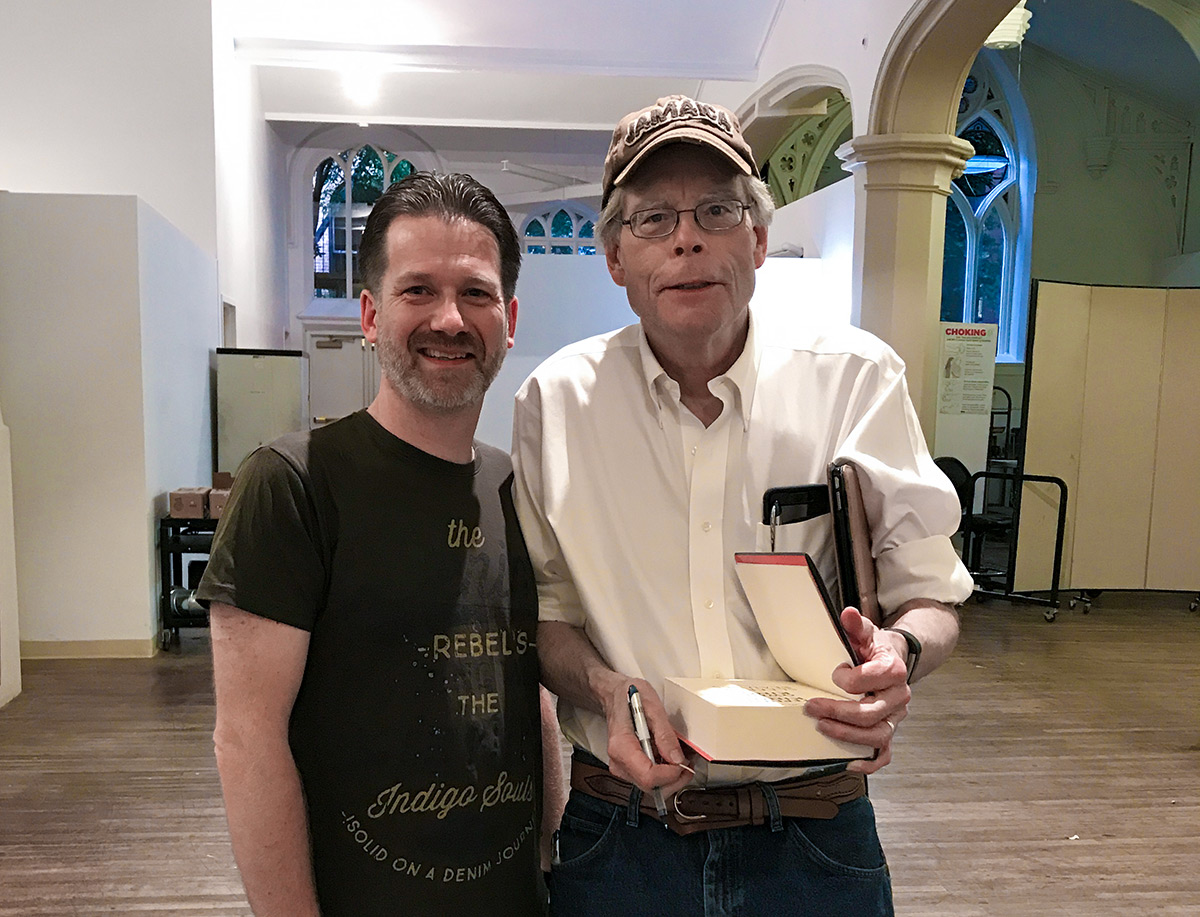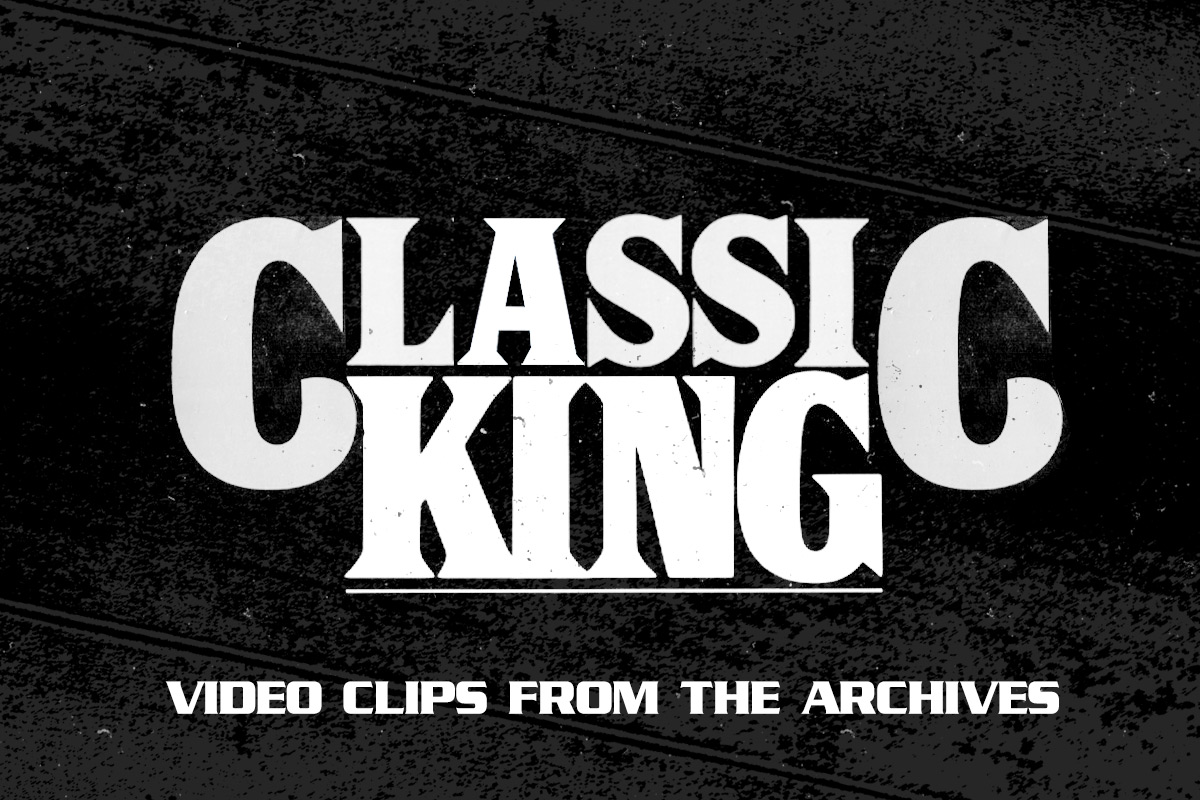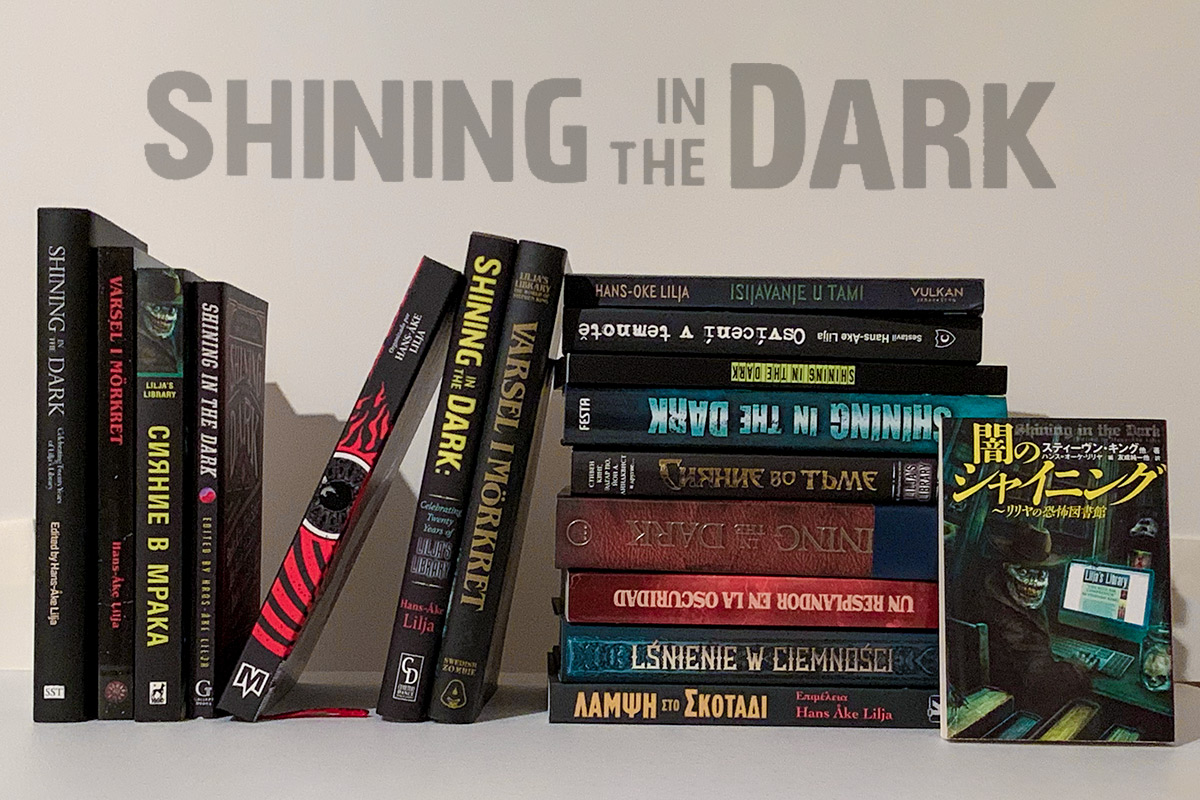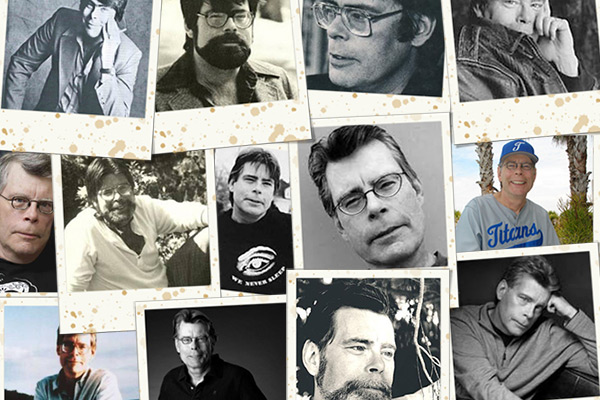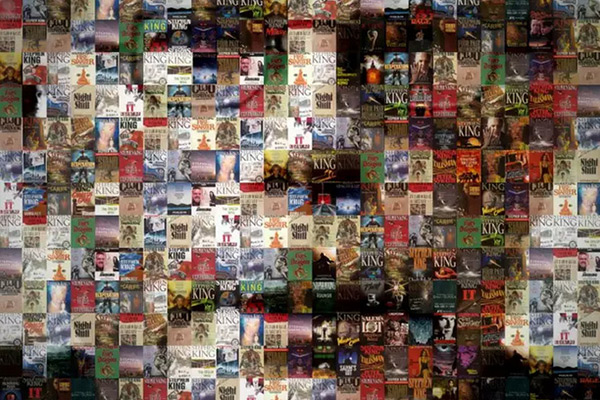Kevin Speckmaier
Posted: October 24, 2017
_
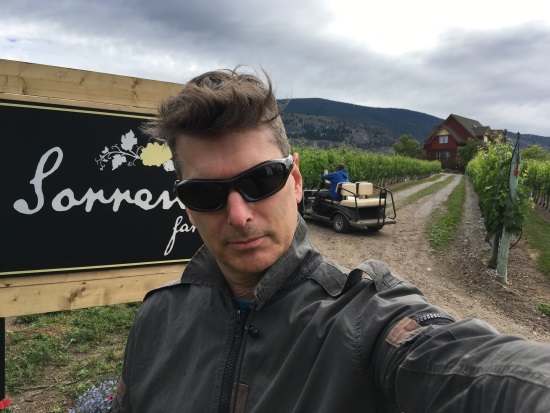
Kevin Speckmaier: A First Assistant Director becomes involved in the project early on, usually when a movie is green-lit and requires a proper budget that reflects the reality of location, number of shooting days and complexity of elements.
To generate a first pass on the budget, the Producers require a preliminary One-Line schedule. "One Line" is a description of the scene in literally one line that sums up the scene when the schedule is issued. For instance, Scene 200 "Wilfred imagines himself back in his field; his hand is cut to ribbons". I'll input Cast #1 Wilfred James (Thomas Jane), corn for the Greens & Set Dec Department, possible Green Screen for Visual Effects (we added set extension to show lots of corn, lots of sky and lots of clouds!); Prosthetics Makeup needs latex application on Wilfred's hand for the sliced-by-corn look, etc.
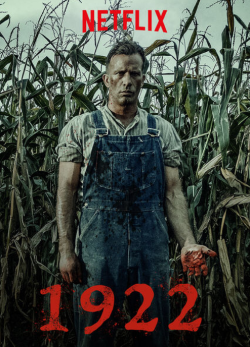 To realistically schedule a film, I'm given a general number that turns particular as the script is fully broken down. 1922 was a five-week shoot, 25 days between September 30 through November 4, 2016. Each day is between 3 0/8 and 7 0/8 pages, depending on complexity of the scenes, number of actors, daylight versus night shooting, and also depends upon design, prep and delivery of various sets and elements. We needed to consolidate the number of "Rat Days", due to the cost of training, handling and caring for the 100-odd rats we used.
To realistically schedule a film, I'm given a general number that turns particular as the script is fully broken down. 1922 was a five-week shoot, 25 days between September 30 through November 4, 2016. Each day is between 3 0/8 and 7 0/8 pages, depending on complexity of the scenes, number of actors, daylight versus night shooting, and also depends upon design, prep and delivery of various sets and elements. We needed to consolidate the number of "Rat Days", due to the cost of training, handling and caring for the 100-odd rats we used. We needed to shoot the ending of the movie first, as Thomas Jane had grown out a beard for the last sequence, and he would be clean-shaven for the rest of the movie. This meant his
Hotel Room, Magnolia Hotel 1930 set needed to be ready for Day 1.
We then had to shoot the cornfield sequences, as the season was ending and the corn was either requiring harvesting or just plain died.
During Prep, which was also five weeks, we scout with the Producers, Director, Production Designer, Location Manager, Director of Photography and of course the 1st AD. We'll find the locations, secure them where they fit in the schedule or based on availabilty.
I'll schedule the various Departmental meetings so all elements are in place, discussed and budgeted. As this was a period film, every aspect needed to be thought out and prepared. Costumes, Hair, Makeup, Extras, Props, Set Decoration, Stunts, Vehicles, Special Effects, Visual Effects, Prosthetic Effects, Animals (Rats, Cows, Dogs), etc. All of these elements affect where the days land within the schedule. It's a vast array of dovetailing pieces that are all in play and can change for a myriad of reasons. A calendar wall full of post-its in my AD Office undergoes dozens of iterations as this puzzle comes together. And somehow, it always does!
I'll schedule these meetings, guide them along, assist the Director with prepping as many elements as possible- the Production Designer will channel and suggest and design, the DOP will sit with, draw out, talk out and design shots with the Director Zak Hilditch; the Producer Ross Dinerstein will help decide on casting and roles and keep the vision of the film consistent with the Director's.
We will finally take the Key Department Heads onto the Tech Survey, where everyone stands in all the locations, discuss the sets and basically measure out and figure out for the final time where everything goes and what gets built. Ultimately, the main question is "Where do you want the trucks parked?".
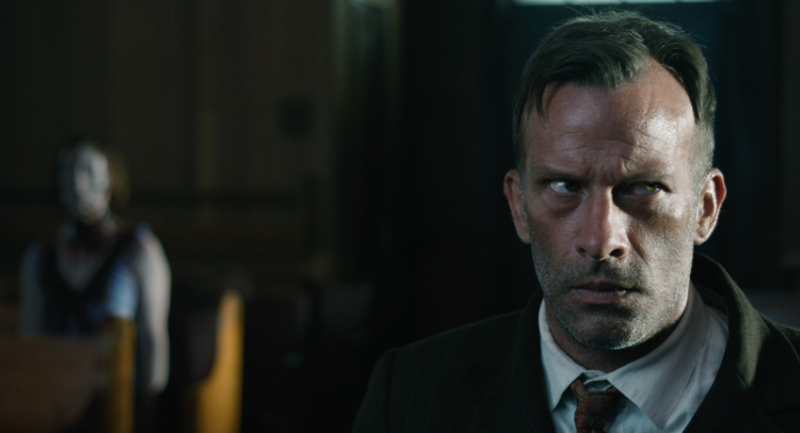
I'll lead the Survey, discuss briefly what takes place where, then Department Heads- Grip, Gaffer, Art, etc will all ask Zak questions, confirm decisions and basically size everything up.
Next day will be the Production Meeting, where I will go through the script chronologically, calling out the various elements required from their respective departments, questions will be asked, and everything that's already been discussed is given a final recap.
Then production begins. An Assistant Director runs the set, schedules the day, reports to the Producers and keeps things moving along. When we have big background scenes (ie: Omaha), I'll direct the Extras, Vehicles and traffic with my team of Assistant Directors.
I'll call the rolls, the cuts, generally boss people about and keep things quiet on set. Always in contact with the Circus where my 3rd AD will be processing the actors, knowing their set-ready times based on the Call Sheet and the timings I've figured each scene will take. It's expensive to bring actors in hours before they're needed, or keep them long after they're required, so time, and its management is an important foundation of production.
Every day is different, despite prepping down to the last detail- things go wrong, break, don't arrive in time or not at all. Production is a very large moving beast that sucks time with surreal speed and appetite.
Lilja: How did you get involved with 1922?
Kevin Speckmaier: I've worked many shows with the production company Lighthouse, and it's a busy time with many productions arriving; I have a relationship that allows me to roll from one show to another. 1922 was a special project for me, as I am a big Stephen King fan, and I was excited to be part of a very unique and beautiful adaptation of one of his more sinister works.
Lilja: What attracted you to work on "1922"?
Kevin Speckmaier: As above, Sai Stephen King! I've been a huge King fan for much of my life; I've bought and devoured each of his books the day of publication. I worked on "The Dead Zone" series as well, so have an affinity of all things King. Plus a massive Kubrick fan and "The Shining" is one of my faves.
Lilja: Usually when there is a new Stephen King movie in the making we hear a lot about it and often also get photos from the set and stuff like that. With "1922" we only heard that it was being made and then it was done and ready for Netflix. Was that a planned move to keep it under the radar and if so, why?

Kevin Speckmaier: I don't think it was a deliberate ploy to maintain secrecy, we just shot it very fast and as Zak Hilditch is from Australia, he did much of the editing in Oz. If one visits the IMDb website and plugs in "Stephen King", a startling amount of "in production" or "post" or "rumored" titles of his works come up. I think we are underoing quite the King-aissance in the past few years. Bring it, I say!
Lilja: Was it different to do a movie for Netflix compared to a regular movie that is shown in theatres?
Kevin Speckmaier: Not particularly. Only that Netflix was very hands-off. Once Producer Ross Dinerstein and Director Zak Hilditch got the greenlight, they let us make the movie. Scripts for Netflix tend to be as long or short as they need to be. No commercials, so it can be shot and shown as a feature film, without big act breaks or cliffhangers. There were more scenes in this script than usual, over 200 scenes. 115 pages, which is not too long for a feature. As Zak shot many scenes as "oners" or with very little coverage, the movie is more theatrical. If it were a tv movie, there would require more coverage, closeups and quicker editing. This is a lyrical, haunting movie of loss, guilt and bitter greed gone very wrong. It was shot in landscape theatrical aspect ratio of 2:35. I saw it projected on a large screen and it was utterly gorgeous.
Lilja: How involved were you with the casting?
Kevin Speckmaier: None at all; Zak Hilditch, Ross Dinerstein pretty much had final say on the casting. Securing Thomas Jane was what got much of the project greenlit, I believe. I helped with Extras Casting, as the look and characters of folk from 1922 and 1930 Nebraska are not typical 21st Century types.
Lilja: Have Stephen King seen the movie and if so, what was his comment?

Kevin Speckmaier: Yes he has, and he also had a say in casting and script. Though Zak did a wonderful job adapting the novella. Much of it is very, very Sai King.
Sadly, we were not visited by Stephen King on set. I would have gone fanboy geek in a heartbeat.
There's much discussion out there on 1922, but King did Tweet: "1922, with Thomas Jane, now on Netflix. It's really good. Just kind of works its way into you. Very sinister stuff".
Sinister stuff indeed...
 Lilja: You were also involved with The Dead Zone that's also based on a King book. Are you a King fan?
Lilja: You were also involved with The Dead Zone that's also based on a King book. Are you a King fan?Kevin Speckmaier: Big, BIG King fan. I worked on four seasons of "The Dead Zone" as a First AD, and directed three of them.
Lilja: If you could pick one King book to film, which one would you choose and why?
Kevin Speckmaier: Roadwork by Richard Bachman. Its significance in the current time and mood strikes me as particularly astute, given the greed and anger and frustration simmering beneath an eroding middle class. Though I do really like the character of Bart Dawes!
Lilja: In your words, why should someone that hasn't already seen 1922 see it?
Kevin Speckmaier: See it as a creepy tale well-told within a true King atmosphere. Every part beautifully crafted; unsettling, horrific and lyrical. Amazing sound design, perfectly spooky music, subdued yet captivating performance by Thomas Jane, who lived the role to its darkest depths.
1922 could very well turn one onto the rest of Stephen King's work. And perhaps we are entering a new era of faithful adaptations, equal parts cinema and literature expertly realized.

